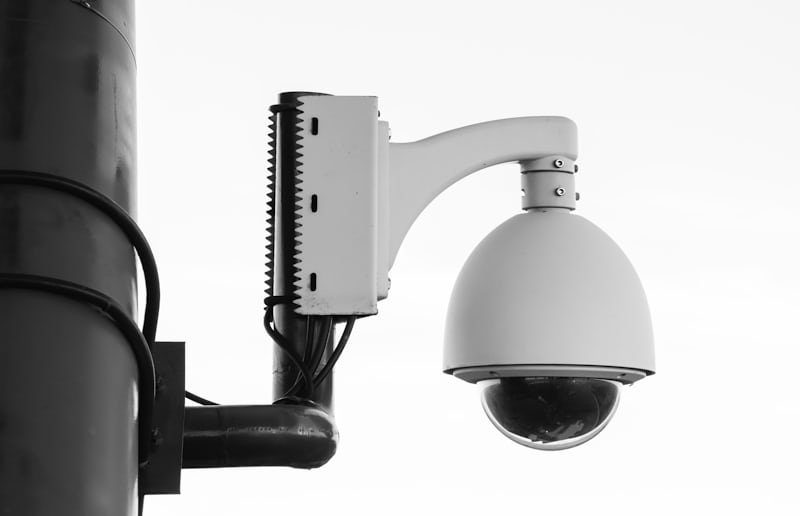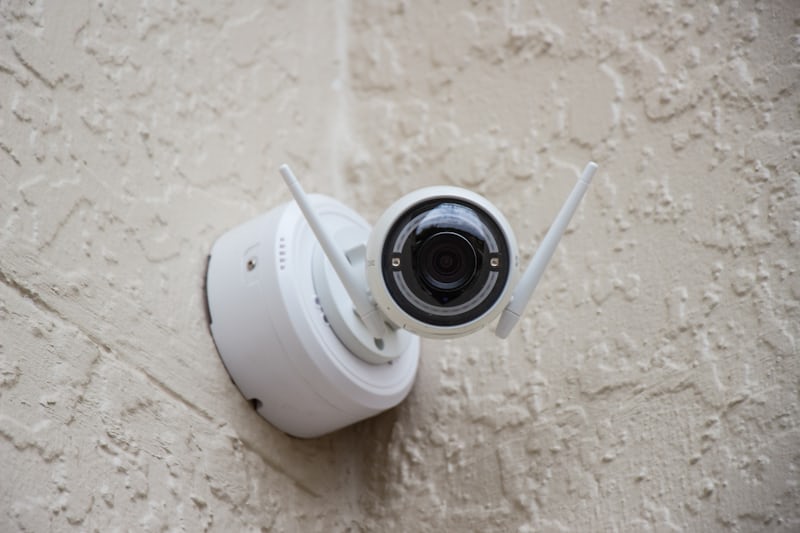Which Are the Main Features of an EO Camera?
Within the continuously advancing field of imaging technology, Electro-Optical cameras emerge as noteworthy instruments that transform how you capture and comprehend your surrounding environment. These cameras have become essential in various industries, including aerial surveillance, scientific research, and artistic pursuits. They also provide exceptional imaging capabilities, which foster innovation and advance progress.
If you want to learn more about this topic, this article comprehensively examines the primary characteristics of an EO camera. It delves into the intricate mechanisms and state-of-the-art technology that facilitate these devices' utilisation of light and optics, producing exceptional images and videos that surpass conventional photographic instruments.
1. An EO Camera Has High-Resolution Imaging and Multi-Spectral Imaging
One of the key distinguishing characteristics of Electro-Optical cameras is their notable capacity to capture images and videos with exceptional clarity and resolution. These cameras possess state-of-the-art sensors and precision optics, enabling them to capture imagery of exceptionally high resolution. Consequently, users can discern minute details even when observing objects from a considerable distance.
An EO camera is crucial in various fields, such as aerial mapping, wildlife observation, and scientific research, due to its exceptional imaging capabilities, guaranteeing the detection of all significant components. The unparalleled visual acuity offered by the captured imagery, characterised by its crispness and sharpness, is highly valued by professionals and enthusiasts, surpassing the capabilities of alternative imaging devices.
Furthermore, Electro-Optical cameras possess remarkable resolution and are frequently equipped with the advantageous capability of multi-spectral imaging. This feature lets users capture images across various electromagnetic spectrum bands, providing significant value. This characteristic is especially relevant in agriculture, as the capacity to perceive wavelengths beyond the visible scope presents novel opportunities. The ability to capture multiple spectra enhances the capabilities of electro-optical cameras, rendering them essential instruments for a broad range of applications in various disciplines.
2. Thermal Imaging and Stabilisation
Another notable characteristic that distinguishes Electro-Optical cameras is their thermal imaging functionality. These state-of-the-art cameras can identify and display thermal signatures, revealing a wealth of concealed data that conventional cameras cannot capture. Thermal imaging technology has demonstrated significant utility in various domains, including search and rescue missions, building assessments, and military surveillance.
These fantastic cameras, integrated with thermal imaging technology, can penetrate darkness, fog, and smoke, offering a distinct viewpoint with significant implications for survival in crucial circumstances. This feature confers users with an unparalleled benefit, rendering Electro-Optical cameras essential instruments for professionals operating in arduous and rigorous settings.
Moreover, an EO camera frequently incorporates high-performance zoom lenses and advanced stabilisation technology, facilitating users' precise and clear capture of distant objects. Maintaining image stability while zooming in on subjects is essential in various scenarios, such as documenting wildlife behaviour in natural habitats or conducting remote inspections in hazardous environments.
This capability guarantees that every significant moment and every essential detail is noticed. Including an advanced zoom and stabilisation feature presents many opportunities, allowing you to capture images and videos with unparalleled accuracy, irrespective of the prevailing shooting circumstances.
3. Real-Time Data Transmission and Geo-Tagging
Real-time data holds significant importance across various applications. Electro-Optical cameras equipped with integrated data transmission capabilities effectively cater to this requirement by enabling users to directly transmit live video feeds and images to ground stations or other devices.
The real-time transmission of data is particularly significant in situations such as surveillance, remote monitoring, and aerial photography, where the ability to obtain immediate information can have a considerable impact. The capacity to instantaneously transmit data enables professionals to promptly and knowledgeably make decisions, thereby enhancing operational effectiveness and optimising the outcomes of their endeavours.
Nevertheless, an EO camera frequently integrates geo-tagging and metadata functionalities, which enable embedding accurate location and time data into the captured images and videos. This data holds significant value and is critical in post-processing, analysis, and documentation. It empowers users to generate precise maps, monitor movements, and conduct comprehensive evaluations effortlessly.
Including geo-tagging and metadata functionalities in these types of cameras significantly enhances the intrinsic worth and practicality of the acquired imagery. These features offer many contextual details that augment the overall experience of capturing and analysing images.
4. Image Processing and Analysis and Cutting Edge Satellites
The functionalities of Electro-Optical cameras surpass the essential function of capturing images. Numerous optical cameras are equipped with sophisticated image processing and analysis software, offering users robust capabilities to improve, examine, and derive valuable insights from their imagery.
The effective amalgamation of hardware and software facilitates a streamlined workflow, granting users the ability to derive significant insights from their images, irrespective of the intricacy of the data. Through image processing and analysis techniques, Electro-Optical cameras can augment their capacity as formidable tools for fostering innovation and facilitating the discovery process.
Incorporating an EO camera with Unmanned Aerial Vehicles (UAVs) and satellites has resulted in a seamless combination, thereby broadening the range of applications for these cameras to include aerial surveillance, environmental monitoring, and various other uses.
Combining these excellent cameras with unmanned aerial vehicles (UAVs) and satellites presents a robust and adaptable imaging solution, facilitating the collection and examination of data in distant and demanding regions. Integrating professional cameras offers novel opportunities for expanding their versatility and significance within a progressively interconnected and technology-oriented society.
Final Thoughts
The primary characteristics of an electro-optical camera collectively embody a noteworthy amalgamation of state-of-the-art technology and optical expertise. These cameras have significantly transformed your perception and interaction with the environment through their advanced imaging capabilities, including high resolution, multi-spectral functionality, thermal vision, powerful zoom, and real-time data transmission.
The enhanced utilisation of unmanned aerial vehicles (UAVs) and satellites and sophisticated image processing and analysis software significantly enhances their versatility and prospects in diverse sectors. An EO camera's ongoing evolution and advancement will increase its importance in various fields, including scientific research and commercial applications. This will further establish their position as a remarkable and essential asset within imaging technology.
With professional cameras, you are presented with limitless opportunities for artistic expression, intellectual investigation, and the unveiling of new knowledge. This propels us towards a forthcoming era in which imaging technology surpasses the confines of human imagination and embarks on extraordinary endeavours.


Comments
Post a Comment